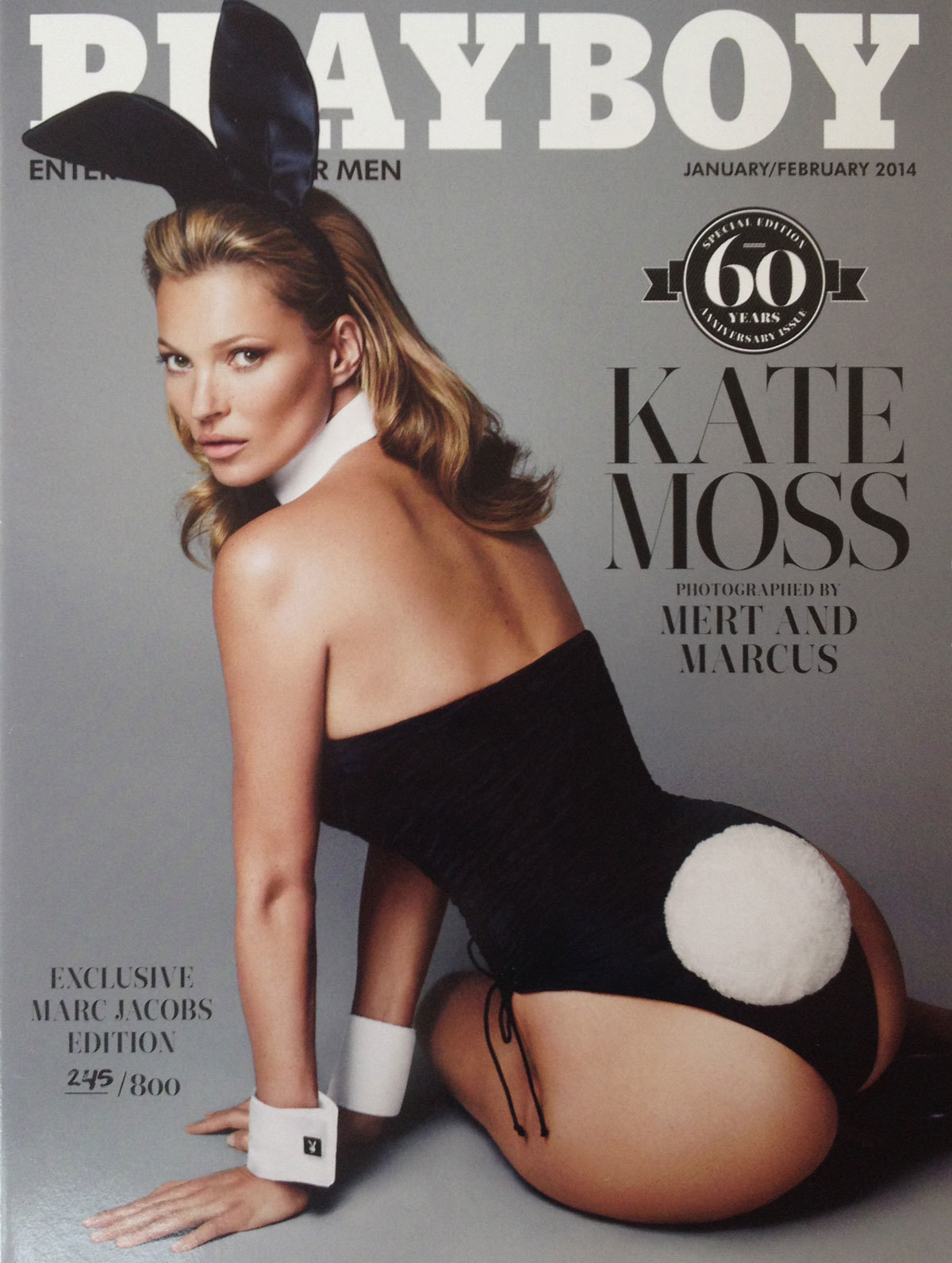Celebrating the 10th anniversary of its opening this year Claire de Rouen has built a reputation as one of the best art and fashion bookshops in London, if not the World. Hidden above a sex shop in Soho, and famed for its unrivalled collection of rare, beautiful, and interesting books and equally rare and interesting clients. Bruce Weber and David Bailey are both regulars, with David once describing it as “maybe the best photography bookshop in the world”.
Three years ago founder Claire sadly died, and Lucy Moore took the reins, carrying the shop’s legacy forward. We met up with her in the shop as she was preparing for Future Artefacts fair this weekend, to discuss the changing world of book shops and book publishing.
How have you found running the bookshop? Was it different from what you were expecting when you started?
I think in a way I didn’t really know what to expect. I always had the sense that Claire’s bookshop was a kind of special world that she created, and after she died that sort of ended. Having said that lots of people who used to come in and buy and spend time with her continued to do that, which is wonderful, a lot of amazing designers, photographers, writers and fashion students are always coming in which is probably one of the most important parts of Claire de Rouen really, everyone sharing ideas and maybe that isn’t something that I realised was so central to it.I didn’t really think about running a business and I still try not to. It’s a very special place, I feel like a custodian, I lead things and direct things but I also think it’s just a special place…
How has like the clientele changed in the bookshops since CSM moved?
I’m sure there are less now, but It’s amazing how many fashion students still come in all the time, not just from CSM, but from LCF or LCC, but also far beyond people come from Middlesex, Kingston, Nottingham, Darby, Roehampton… it’s kind of incredible actually, it’s a big honour. I really love it when students come in.
Do you see a general type of person coming in?
Not really, there’s a real kind of eclectic mix of people, stylists and designers and photographers, artists, writers, researchers, journalists, photobook collectors, then designers who are interested in how books are made and the kind of potential that print offers, and, one of my favourite categories, people looking for a present. I really love finding presents for people and I actually just had some wrapping paper made up.
You come from an art background, right, not a fashion one, was it daunting taking over the best fashion bookshop in London?
When I started running the shop I didn’t really know that much about fashion beyond knowing that I really loved clothes, and over the last three years my love of the fashion world has grown hugely. I love about the veracity of fashion, I think in a way it’s a medium that’s very suited to our time because it’s so fast and that’s kind of how our social and visual experience is now, it is the 21st century medium in that way.
What is the role of the bookshop in the internet age?
I think that I choose everything really carefully here, and that is a big part of it. There are great things about a physical shop, a lot of which are social. I am really lucky in that people, photographers and designers, magazine publishers, are kind of amazing in that they send me things especially, so I have things which no one else has.
I really like social media though, but one thing I think about a lot, that kind of worries me is that the more people get used to being online on social media, and finding, discovering new things through those channels, the more funnelled everything gets through them. But with a shop like there’s a huge range of things and a lot of the books and magazines in here that aren’t necessarily the type to get 10 million likes on Instagram.
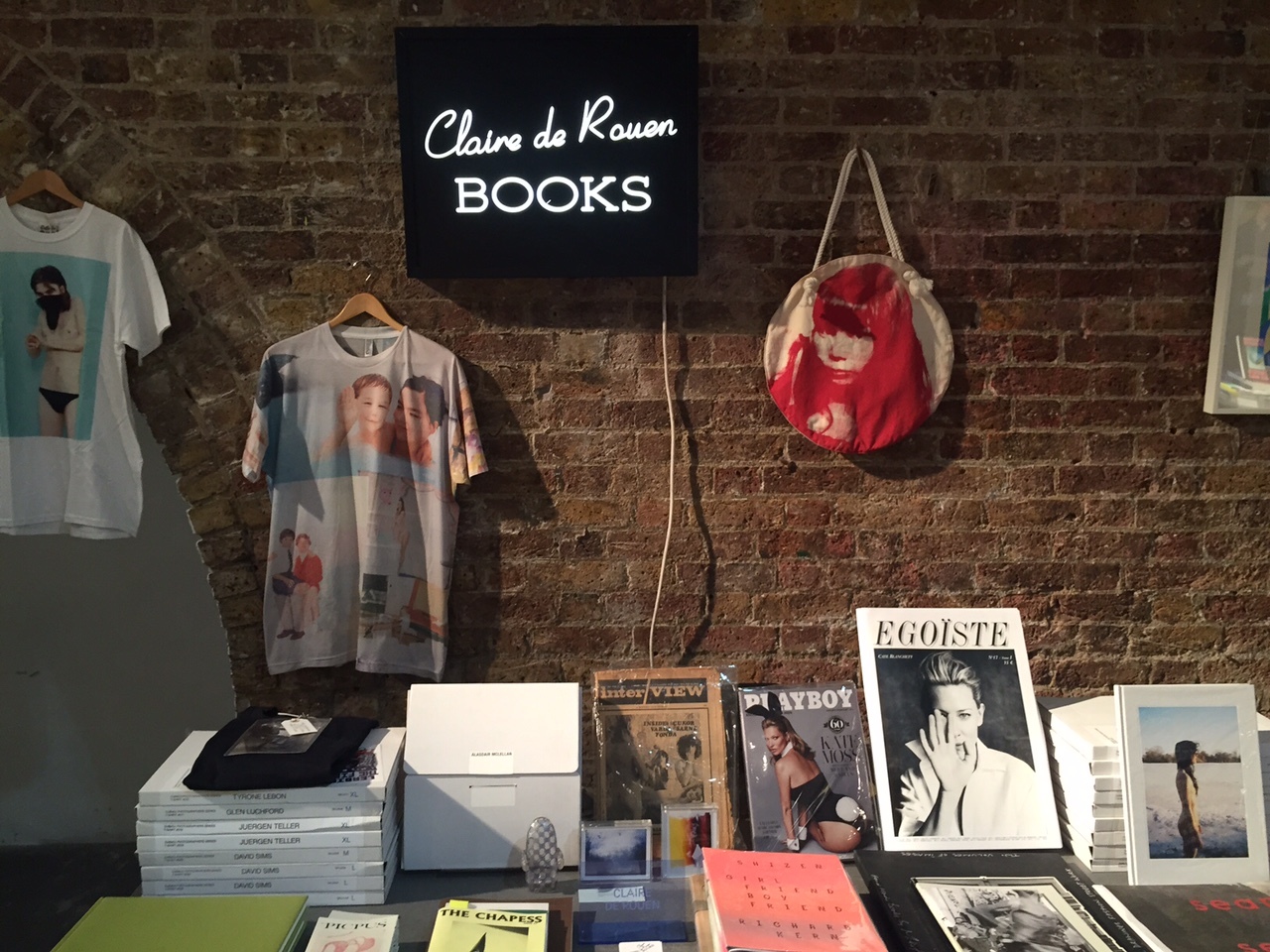
It’s good to find something you didn’t know you liked?
Yeah, exactly. That’s one of the main things, the most important things.
Do you feel in competition with social media and online platforms?
No, definitely not. I think they help actually, I think the more images circulate online, the more people want those images in books or in magazines. And designers become more and more sensitive to all of the different ways it can come into the world, in more and more beautiful and more and more elaborate ways.
Do you think kind of also that people are more attracted to having a physical object in the age of the internet and social media?
People have been collecting things since forever, our attraction to possessing things is very strong. Despite the kind of drive into the digital age we are also more and more consumerist in nature, and objects are the centre of that. I think people are more and more discerning about what they buy and they want things that are really consistent with their world.
What do you look for when you’re stocking a book?
It’s really like finding gold in the murky river. I really like finding things that are incredible and that I haven’t seen in any other bookstore. It’s not enough to have an amazing font or paper stock or to be incredibly limited edition — that’s not really enough for me. Those are the easy steps, the hard part is having great work, whether that’s photography or art. I kind of have quite opposing tastes in some ways and I like things that are quite funny, or things which are just totally decadent in their object-ness, as well as things which seem really important and serious.
Do you get a lot of people come in and ask you to stock their zines and publications.
Yes I do, which is lovely, it’s such an important part of it because that’s how I also know what’s going on, it’s kind of impossible otherwise. I rely on people telling me what they’re doing because there’s no way I could keep up otherwise.
So what advice would you give to like a young person trying to make their publication or to get it stocked in Claire De Rouen?
I think just don’t waver from your own path. Don’t actually worry about whether Claire De Rouen stocks it, just make something that you think is really good and what you want it to be. But be very wary of imitating, I see that happening a lot, I think it happens subconsciously but it’s really easy to see through that. But really just do whatever you want! Don’t try and please anyone except yourself… and maybe your girlfriend.
Here’s what you can pick up from Claire De Rouen at Future Artefacts this weekend…

Fumiko Imano I Hate Photography Bag
Japanese artist Fumiko Imano studied Fine Art and then Fashion Styling and Photography in London in the late 90s. French fashion designer Charles Anastase was one of the first to recognise her work, commissioning her to shoot his campaigns and sparking a working relationship that continues to this day.
Whilst Imano’s fashion work has a vivacity and lightness that are just the right qualities for its commercial imperative, her personal work demonstrates an approach that is spontaneous and yet highly nuanced.
Imano considers her bags to be artworks. They are made to order and could just as appropriately be hung on the wall as used to carry your favourite magazine.
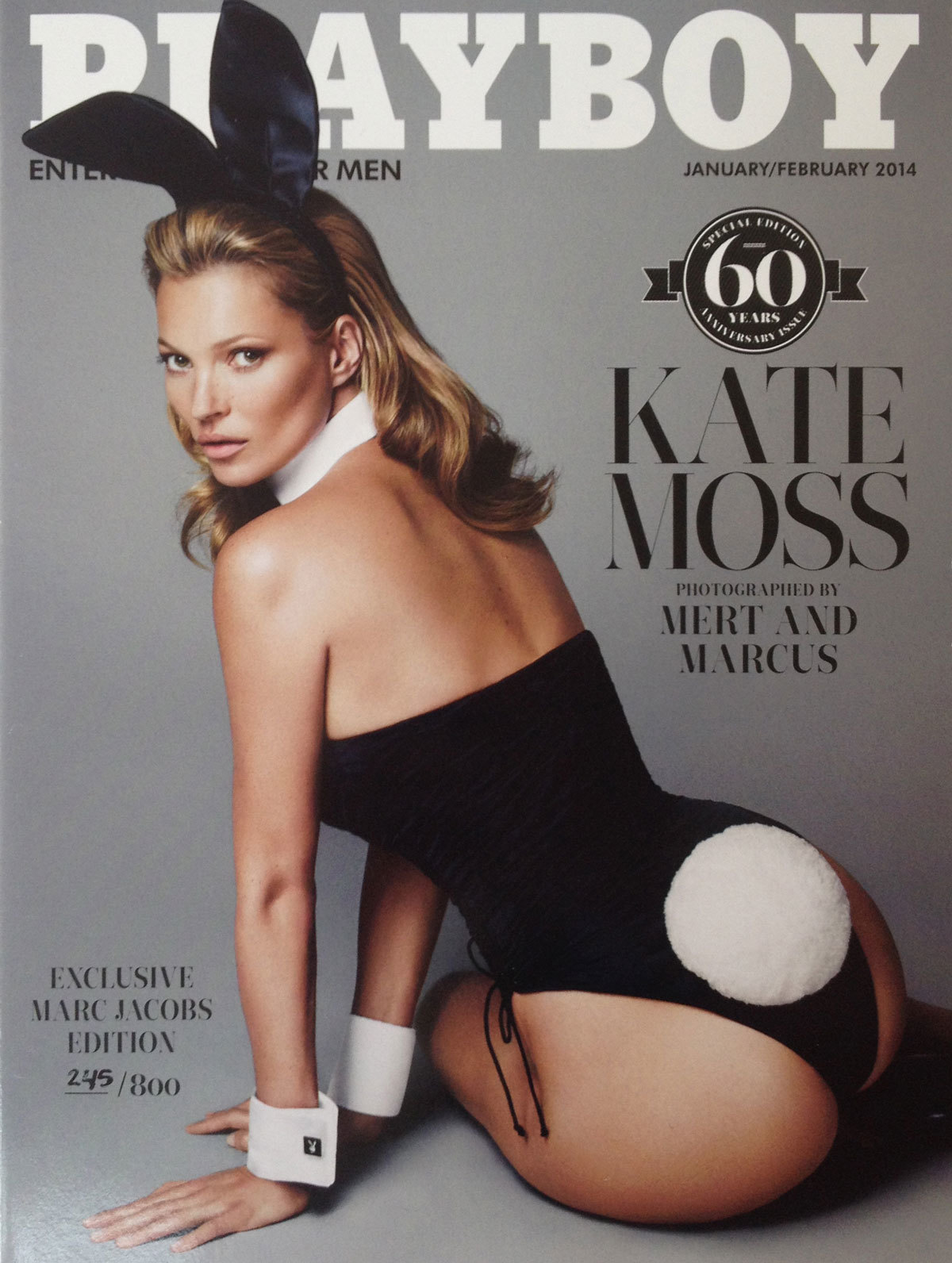
Kate Moss Playboy
“Every generation has its defining beauty, a femme fatale who skyrockets and then fades away quietly (or not so quietly). Leaving a trail of stardust and broken hearts, what sets Kate apart? She’s still number one after all these years.”
The iconic 60th Anniversary edition, featuring a 18 page spread of Kate shot by Mert & Marcus, and a conversation between Kate and Tom Jones.
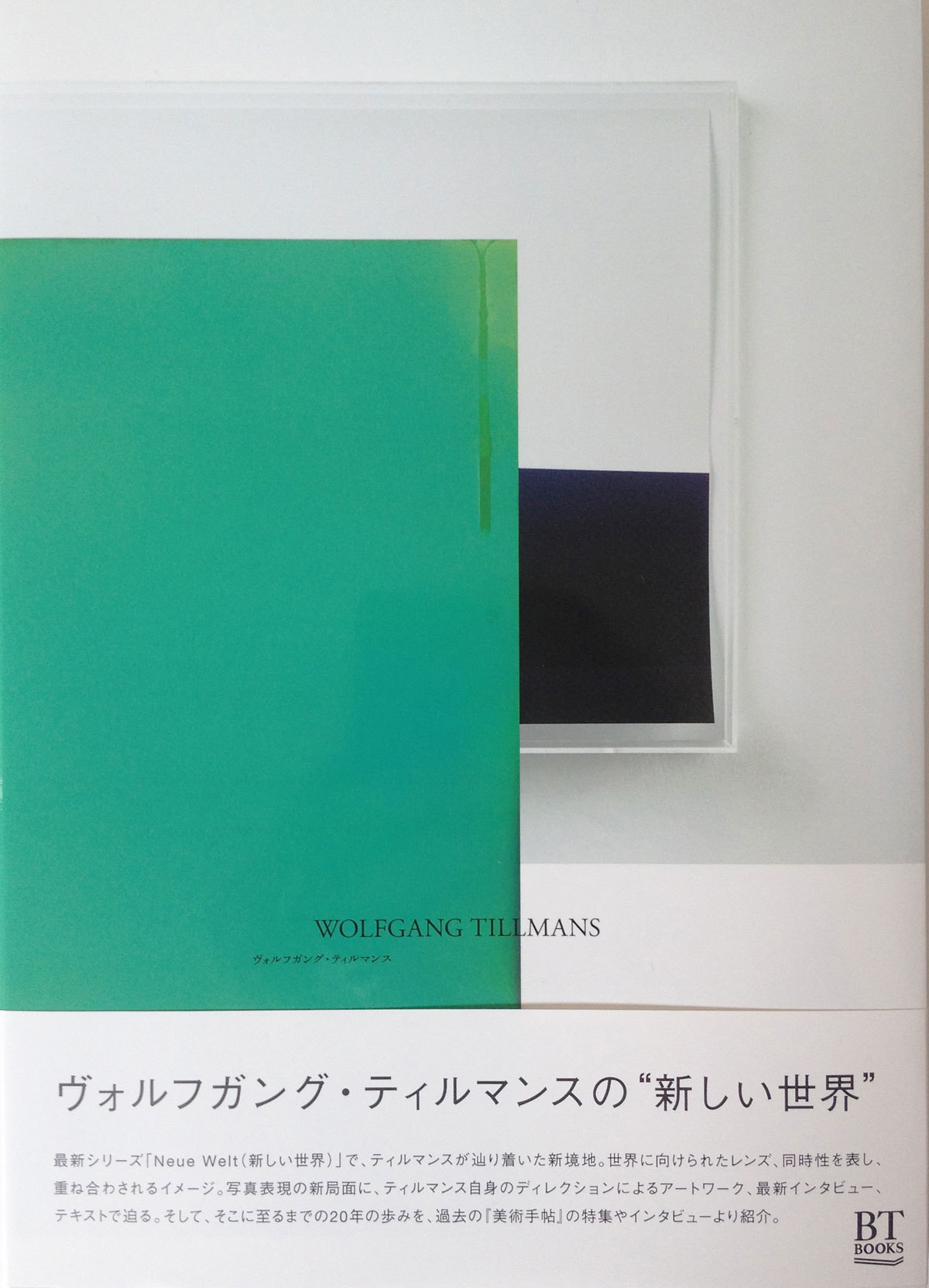
Wolfgang Tillmans Affinity
This wonderfully glossy volume was published in 2014 to accompany Tillmans’ fifth solo show at Wako Works of Art in Tokyo. The show, titled “Affinity”, presented 25 photographs from Tillmans’ Silver and Neue Welt series repositioned in a specially conceived conceptual display. The exhibition comprised Tillmans’ recent experiments with inkjet printing, hung loosely away from the wall with clips, and a two meter long mural of pasted layers of print, alongside wall-based sculptures of photographic paper. The book reproduces numerous images from the two series, installation shots, research imagery and personal sketches. It also contains an interview with Minoru Shimizu, and texts by Tom Horato and Beatrix Ruf, all in Japanese.
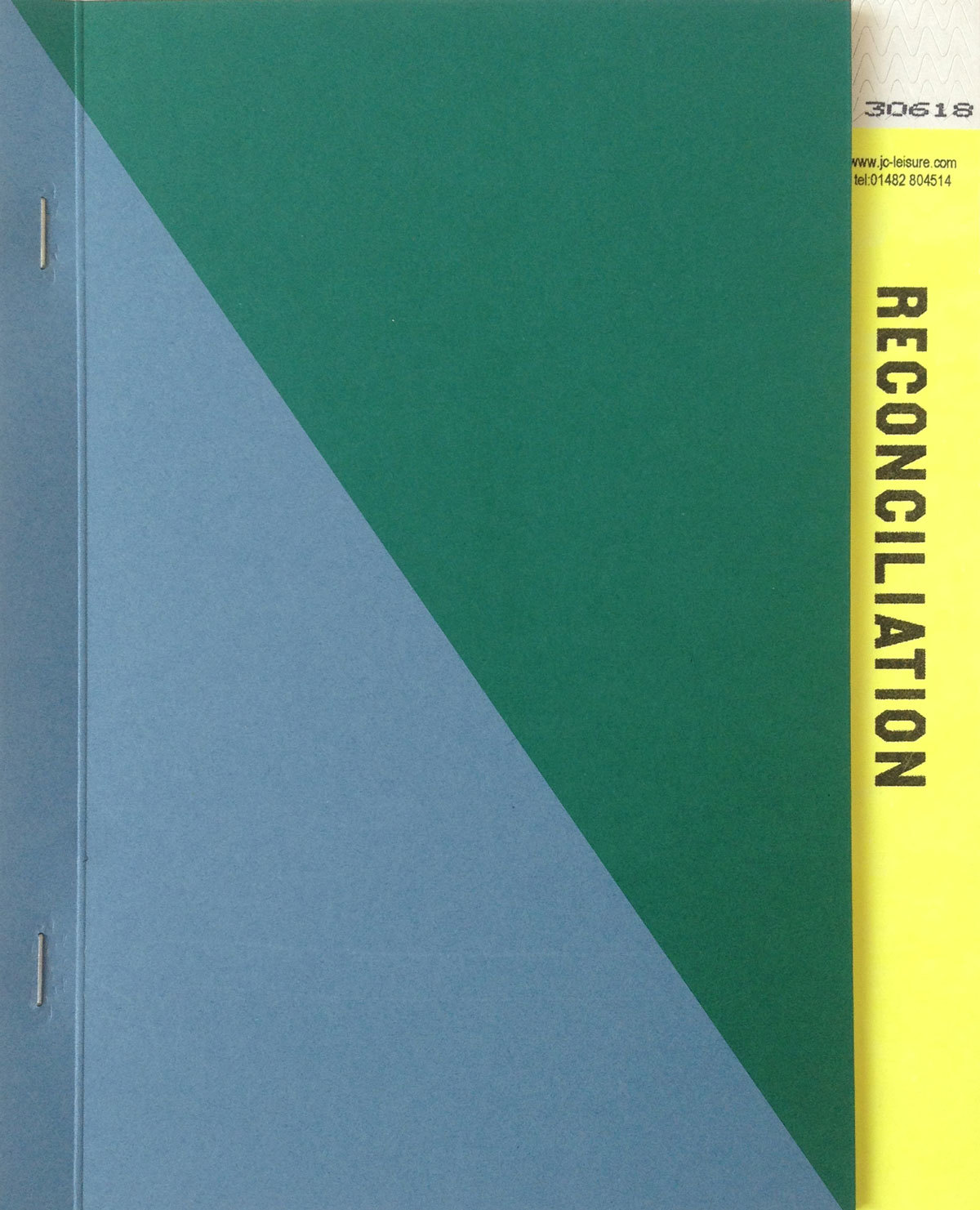
Jason EvansReconciliation
Reconciliation was published in an edition of 500 copies to expand and perpetuate the propositions in Evan’s exhibition of the same name at Permanent Gallery, Brighton, in 2008. The exhibition was conceived to cross-examine the practice of image-making referred to as “street photography”. It gathered photographs from four bodies of work: NewYorkLondonParisTokyo, The End of the World is Fine , The New Scent and The Daily Nice. The publication also incorporates the photographs of Evans’ peers, sketches, inserts and ephemera.
Credits
Text Felix Petty
Images courtesy Claire De Rouen
